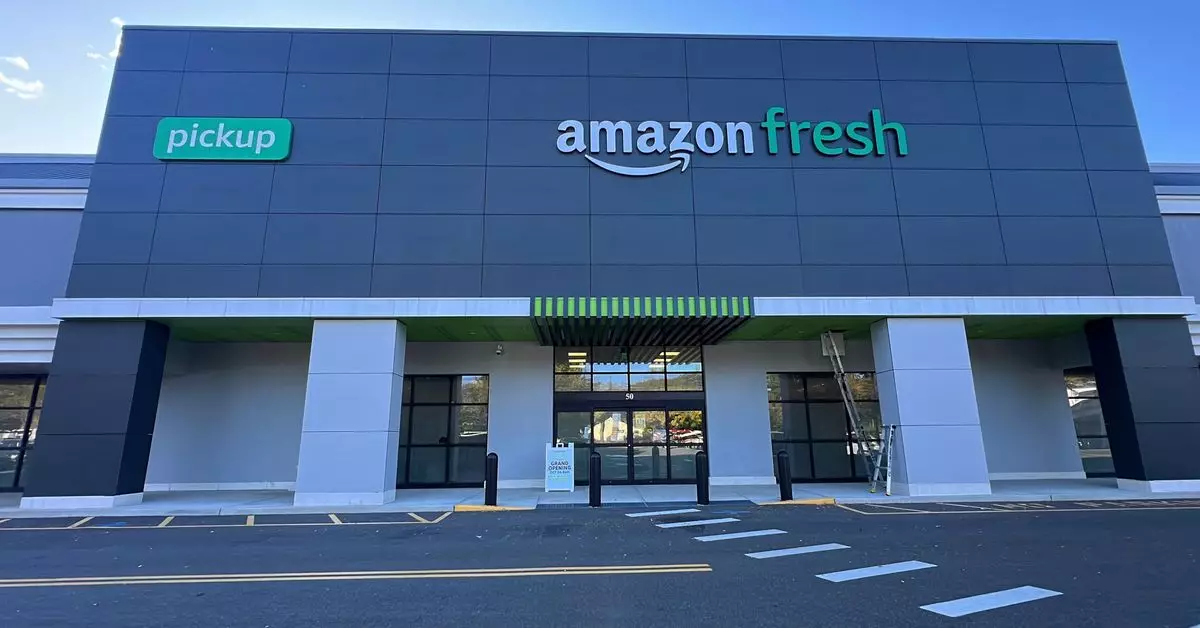Amazon has long been a titan in the e-commerce sector, but its foray into the grocery business has taken a more intriguing turn. The latest reports indicate plans to intertwine the operational frameworks of Whole Foods and Amazon Fresh, a move that could reshape how consumers perceive grocery shopping. This strategic transition aims to streamline delivery and inventory management by utilizing Amazon Fresh fulfillment centers to ship Whole Foods products. According to insights from The Wall Street Journal, these experiments signify a deliberate effort by Amazon to enhance its grocery vertical by offering a more comprehensive shopping experience.
One of the key innovations in this new strategy is the creation of microfulfillment centers. These hubs will be established within Whole Foods locations, starting with a site in Pennsylvania. The initiative to stock these centers with a variety of products, including household goods and groceries from Amazon Fresh, suggests a shift towards a more integrated shopping model. By aggregating their inventory in this manner, Amazon aims to cater to a broader customer base, providing not just organic fare, which Whole Foods is known for, but also everyday products typically found in larger grocery aisles.
As part of its ambitious grocery plan, Amazon is experimenting with a new concept dubbed “Amazon Grocery” within select Whole Foods outlets. This initiative aims to offer a diverse array of products that may currently be outside the upscale grocery chain’s traditional inventory. By introducing items like Tide detergent and Cheez-It crackers into Whole Foods’ stock, Amazon seeks to create a one-stop shopping environment that captures varied consumer interests. This integrated model not only enhances convenience for shoppers but also puts Amazon in direct competition with established grocery giants like Walmart and Kroger, who excel in distributed retail operations.
The grocery industry is notoriously competitive, dominated by a few key players. Amazon’s recent strategies reflect a calculated effort to carve out a significant share of this market. While Walmart and Kroger have well-established networks of brick-and-mortar stores facilitating order fulfillment, Amazon’s innovative approaches—such as its unlimited grocery subscription and the implementation of technology-infused shopping tools like Dash Carts—illustrate its commitment to evolving consumer engagement. However, the company’s previous ventures, such as the Just Walk Out technology and drive-up grocery options, have seen mixed results, prompting some observers to remain cautious about the effectiveness of Amazon’s current tactics.
As Amazon navigates this complex landscape of grocery retail, the integration of Whole Foods and Amazon Fresh showcases a potential paradigm shift in how groceries can be procured. With a vision that embraces technological advancements and operational efficiencies, Amazon is positioning itself to redefine customer convenience. The success of these initiatives will hinge on their ability to resonate with consumers and compete effectively against retail stalwarts. Adapting to feedback and continuing to innovate will be essential for Amazon in its quest to dominate the grocery market while simultaneously redefining the shopping experience for its customers.

